Rebranding Checklist: When & How to Update Your Logo?
Master when to rebrand your logo with expert redesign tips. Follow our complete checklist to update your brand identity and stay competitive.
Master when to rebrand your logo with expert redesign tips. Follow our complete checklist to update your brand identity and stay competitive.
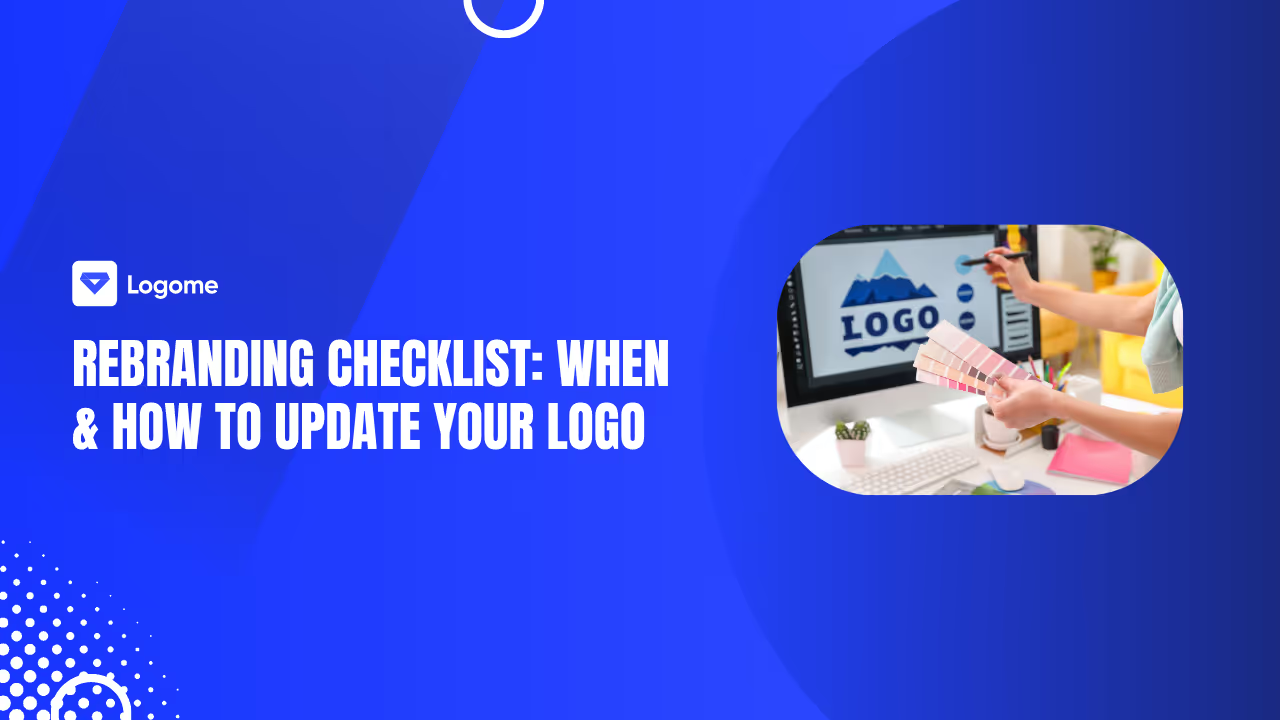
Your logo doesn't last forever. Markets change, design trends shift, and your business evolves. Clinging to an outdated logo can make your brand look irrelevant and drive customers to fresher competitors.
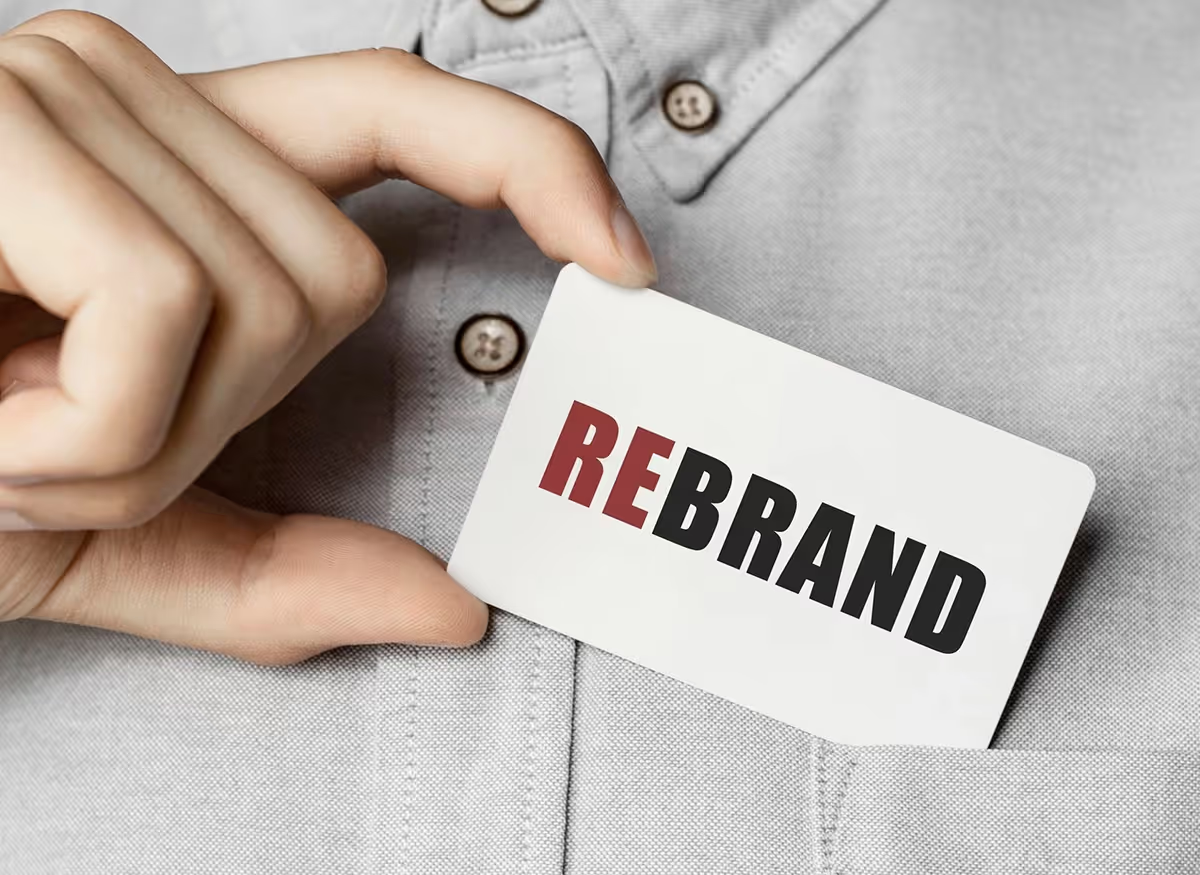
Understanding when to rebrand your logo and having solid logo redesign tips makes the difference between staying competitive and fading into obscurity. Smart businesses treat rebranding as strategic renewal, not just cosmetic updates. Let’s take a look at how to rebrand and what a rebranding checklist looks like.
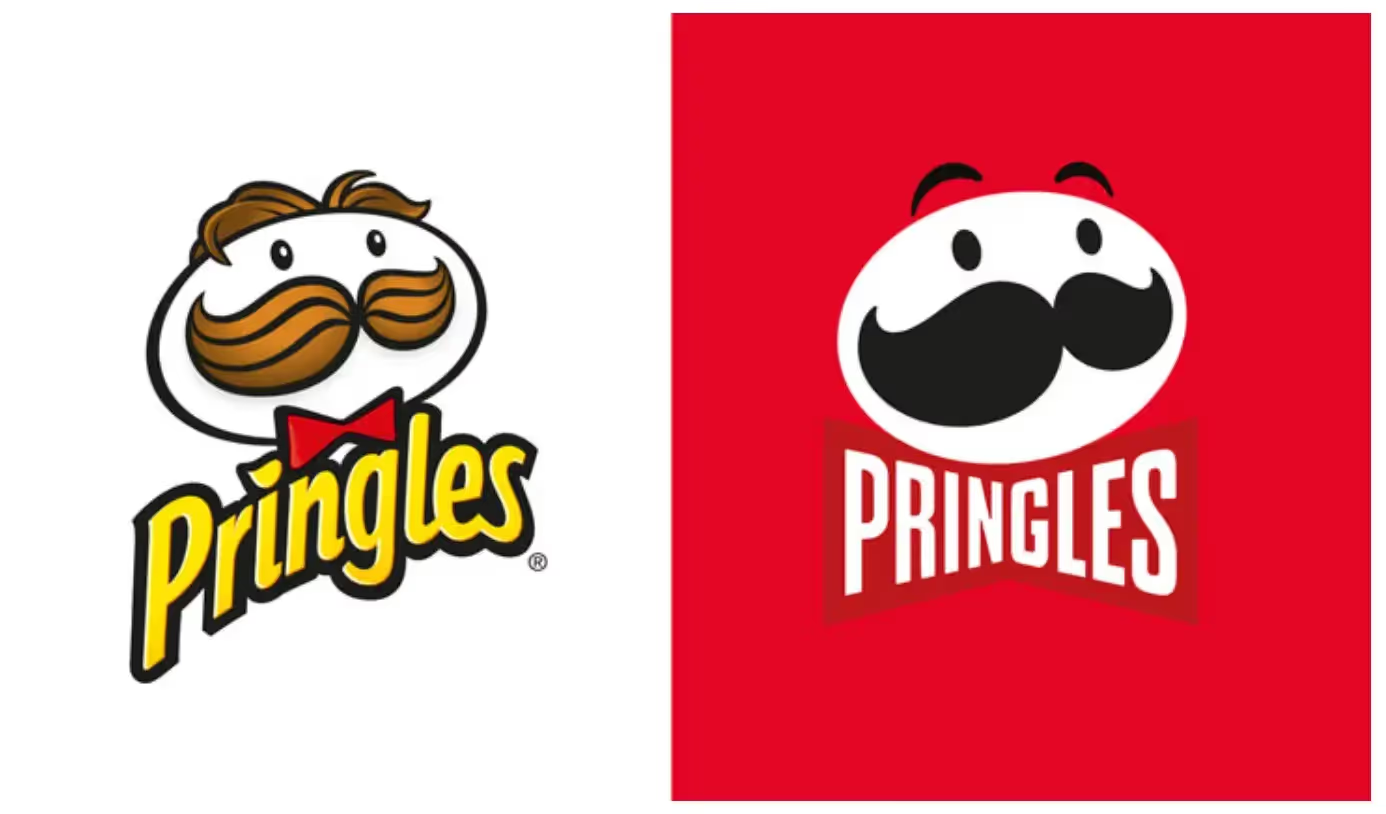
A rebranding checklist is a guide that walks you through every step of updating your brand identity, from research to final rollout. It ensures you don't miss critical elements like stakeholder input, market analysis, design consistency, and launch coordination across all platforms.
Think of it as your quality control system for rebranding. Without a checklist, teams forget to update social profiles, miss internal communications, or launch inconsistent visual identities. The result? Confused customers and wasted resources.
A good rebranding checklist covers six key areas:
Rebranding breathes new life into businesses stuck with stale identities. When your logo looks dated, potential customers assume your products and services are equally outdated. Fresh, modern branding signals you're current, relevant, and worth their attention.
Strategic rebranding also realigns your visual identity with business evolution. Companies expand into new markets, shift target demographics, or pivot business models. Your original logo might not represent who you are today or where you're heading tomorrow.
Markets never stand still. Consumer preferences shift, new competitors enter your space, and technology changes how people interact with brands. A logo that worked perfectly five years ago might completely miss today's audience expectations.
Rebranding helps you stay connected to changing customer bases. When your target audience ages up, grows younger, or shifts demographically, your brand needs to speak their language visually. The right logo redesign tips help you make these transitions smoothly.
Competition drives rebranding too. If your competitors all refresh their identities while yours stays the same, you risk looking like the outdated option. Customers often equate modern branding with better products and services.
Knowing when to rebrand your logo requires honest assessment of several factors. Some signs are obvious while others need careful evaluation.
Your logo looks visibly dated compared to current design trends. Gradients, bevels, and complex details that worked in the 2000s now signal outdated thinking. Flat, clean designs dominate modern branding for good reasons—they work better across digital platforms.
Your business has evolved significantly from its origins. If you started as a local shop and now operate internationally, your logo should reflect that growth. When products, services, or target markets change substantially, visual identity needs updating.
Negative brand perception requires addressing. If your company has faced public issues or developed a stale reputation, rebranding can signal fresh starts and renewed commitment to quality.
Demographic shifts demand visual updates. A brand targeting millennials needs different design language than one serving baby boomers. If your customer base has aged or shifted generationally, your logo should adapt accordingly.
Market expansion into new regions or cultures may require rethinking visual elements. Colors, symbols, and design approaches carry different meanings across cultures. What works in one market might fail or offend in another.
If customers can't distinguish your logo from competitors at a glance, you need redesign. Distinctiveness drives recognition and recall. Generic or copycat designs waste marketing dollars because they don't create memorable impressions.
When new competitors enter your space with strong, modern identities, your older logo might feel tired by comparison. Customers unconsciously judge quality based on visual presentation. Looking dated suggests being behind in other areas too.
Understanding rebranding success and failure helps you avoid expensive mistakes while maximizing positive impact.
Good rebrands maintain recognizable core elements while modernizing execution. Think evolution, not revolution. Customers should recognize the updated logo as a better version of what they knew, not something completely foreign.
Successful redesigns simplify complex logos for better digital performance. Removing unnecessary details, consolidating colors, and clarifying shapes creates logos that work at any size—from billboards to mobile icons.
Strong rebrands align visual updates with business strategy. The new logo reflects actual changes in company direction, values, or positioning rather than just following design trends.
Bad rebrands change too much too fast, abandoning brand equity you've built over years. When customers can't recognize your new logo, you're starting brand awareness from zero.
Overly trendy designs age quickly. Jumping on design fads means your "new" logo looks dated within months as trends shift. Timeless designs outlast trending ones.
Ignoring customer feedback during rebranding leads to rejected designs. Your customers have relationships with your existing brand. Dramatic changes without explanation or transition feel like betrayal.
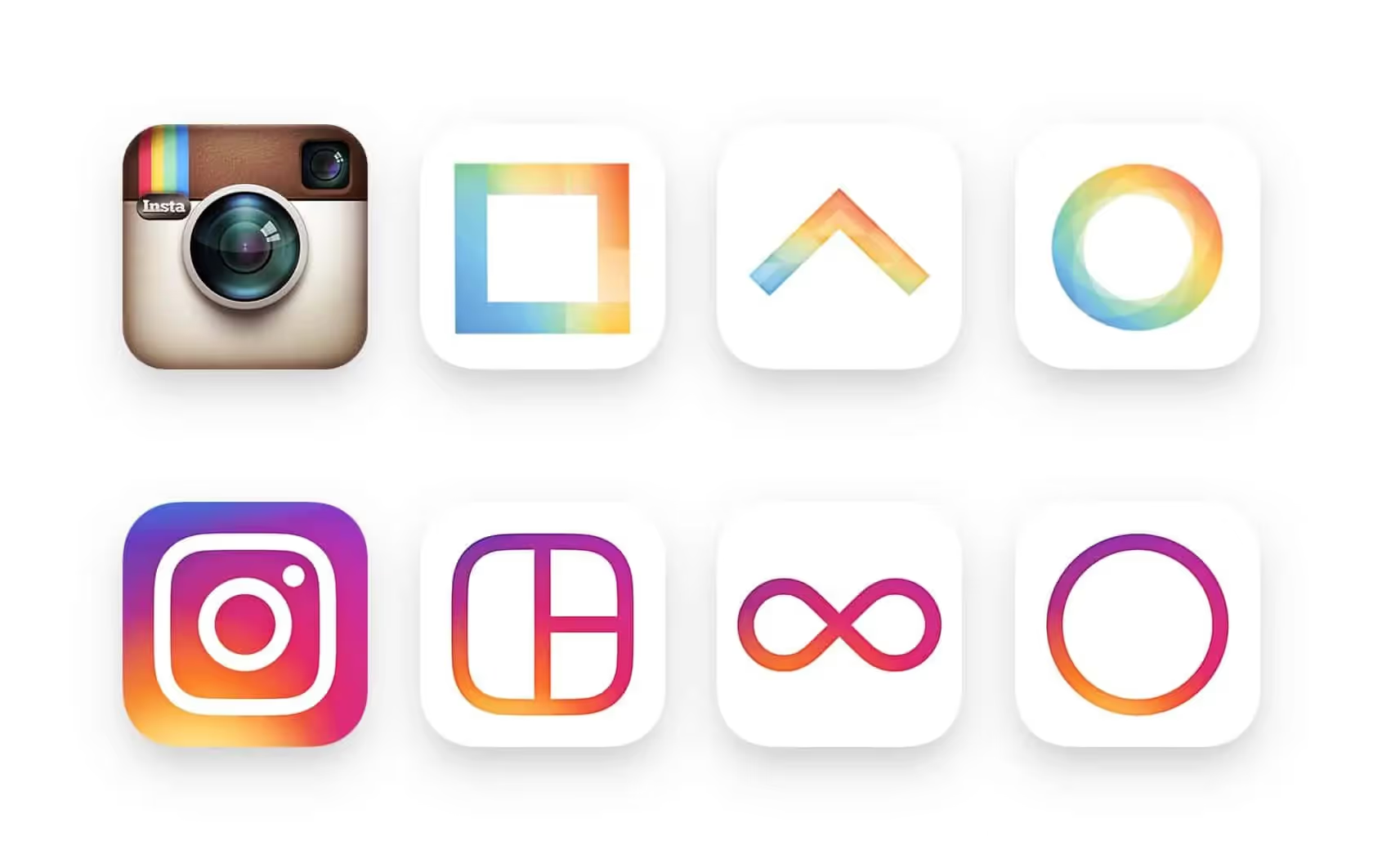
Follow these steps to execute smooth, effective rebrands that strengthen rather than damage your brand.
Evaluate your current brand thoroughly. Survey customers about brand perception, analyze competitor positioning, and review your existing brand assets. Document what works, what doesn't, and why changes matter.
Gather data on design trends in your industry. Understand what visual language resonates with your target audience currently. Research shouldn't just look backward—it needs forward-looking insights about where your market is heading.
Interview stakeholders including employees, customers, partners, and leadership. Different perspectives reveal blind spots and uncover opportunities you might miss otherwise.
Set specific, measurable goals for your rebrand. Want to appeal to younger demographics? Increase brand recall by 30%? Enter new markets? Clear objectives guide design decisions and help measure success.
Document your brand strategy including mission, vision, values, and positioning. Your new logo must align with and express these strategic elements visually. When strategy and design align, rebranding works.
Create detailed buyer personas for your target audiences. Understanding who you're designing for prevents generic or misaligned visual identities.
Build a cross-functional rebranding team including leadership, marketing, sales, customer service, and operations. Different departments bring unique perspectives and identify implementation challenges early.
Decide whether to use internal resources, hire agencies, or blend both. Agencies bring expertise and objectivity while internal teams provide deep company knowledge.
Establish clear roles, responsibilities, and decision-making authority. Rebrands fail when too many people have veto power or when decisions get stuck in committees.
Create multiple logo concepts based on research and strategy. Don't settle for the first idea—exploration reveals better options. Test designs internally and with customer focus groups. Ensure new logos work across all applications. Test at various sizes, on different backgrounds, in color and black-and-white. Logos must function everywhere your brand appears.
Develop comprehensive brand guidelines documenting logo usage, color codes, typography, spacing, and what not to do. Guidelines maintain consistency as your rebrand rolls out.
Create detailed rollout plans covering every touchpoint where your logo appears. This includes websites, social media, packaging, signage, business cards, email signatures, marketing materials, and more. Prioritize updates based on visibility and impact. High-traffic areas like your website and social profiles need updating first. Lower-priority items can transition over time.
Budget realistically for implementation costs. Rebranding isn't just design work—printing, signage, digital updates, and marketing the change all cost money.
Introduce the rebrand to employees before public launch. They need to understand the why, what, and how of changes. Employee buy-in makes external rollout smoother. Provide training on new brand guidelines. Employees across departments need to understand how to use the new logo correctly. Clear guidelines prevent inconsistent implementation.
Equip teams with updated materials before launch. Sales needs new presentations, customer service needs updated scripts, and marketing needs new templates ready to go.
Coordinate launch across all customer touchpoints simultaneously. Nothing confuses customers more than seeing different logos on your website versus social media versus packaging.
Create launch communications explaining the change. Customers appreciate transparency about why you're updating your identity and what it means for them. Monitor feedback closely during launch. Quick responses to concerns and questions help smooth the transition and show you value customer relationships.

Color psychology profoundly affects brand perception. The right palette reinforces your brand personality while wrong colors send confusing messages.
Different colors trigger different emotional and psychological responses. Blue suggests trustworthiness and professionalism, making it popular for financial and tech companies. Red conveys energy and urgency, working well for food and entertainment brands.
Green signals health, sustainability, and growth. Yellow projects optimism and friendliness. Purple suggests creativity and luxury. Understanding these associations helps you choose colors that support your brand positioning. Cultural context matters too. Colors mean different things in different cultures. Red signals good fortune in China but danger in Western contexts. Research color meanings in markets you serve.
Choose 2-3 primary colors for your logo with 2-3 secondary colors for supporting elements. Too many colors create visual chaos. Limited palettes force focus and create stronger recognition. Test color combinations for accessibility. Ensure sufficient contrast for readability by people with color blindness or visual impairments. Inclusive design reaches broader audiences.
Document exact color codes (RGB, HEX, CMYK, Pantone) in brand guidelines. Consistency across platforms requires precise color specifications that designers and printers can follow exactly.
Your logo redesign isn't just visual—it's narrative. Good rebrands tell compelling stories about who you are and where you're going.
Develop a clear story explaining why you're rebranding. Connect changes to business evolution, customer needs, or market shifts. Narratives make abstract visual changes concrete and meaningful. Involve customers in the story. Share behind-the-scenes glimpses of the design process, ask for feedback, and celebrate the reveal together. Participation creates investment in your new identity.
Use multiple content formats to tell your story. Blog posts, videos, social media content, and email campaigns all contribute to comprehensive storytelling that engages different audience segments.
Even as you update, acknowledge your history. Long-time customers have emotional connections to your brand. Respect those relationships by showing how new connects to old. Create transition content that bridges past and future. Show logo evolution, explain what's changing and what stays the same, and reinforce that core values remain constant even as visuals update.
Logo changes affect search engine optimization more than most businesses realize. Planning prevents losing hard-won search rankings.
Update image file names and alt text across your website when implementing new logos. Descriptive file names and alt text help search engines understand your visual content. Maintain redirect structures if rebranding includes domain or URL changes. Broken links hurt rankings and frustrate users. Proper 301 redirects preserve link equity and traffic.
Update structured data markup reflecting brand changes. Schema markup tells search engines about your business—when you rebrand, this data needs updating to match.
Update profiles across all social platforms simultaneously. Inconsistent branding confuses search engines trying to verify your business identity. Consistent NAP (Name, Address, Phone) data matters for local SEO.
Keep social media handles consistent when possible. Changing usernames forces followers to find you again and breaks incoming links. If handles must change, redirect or leave forwarding information.
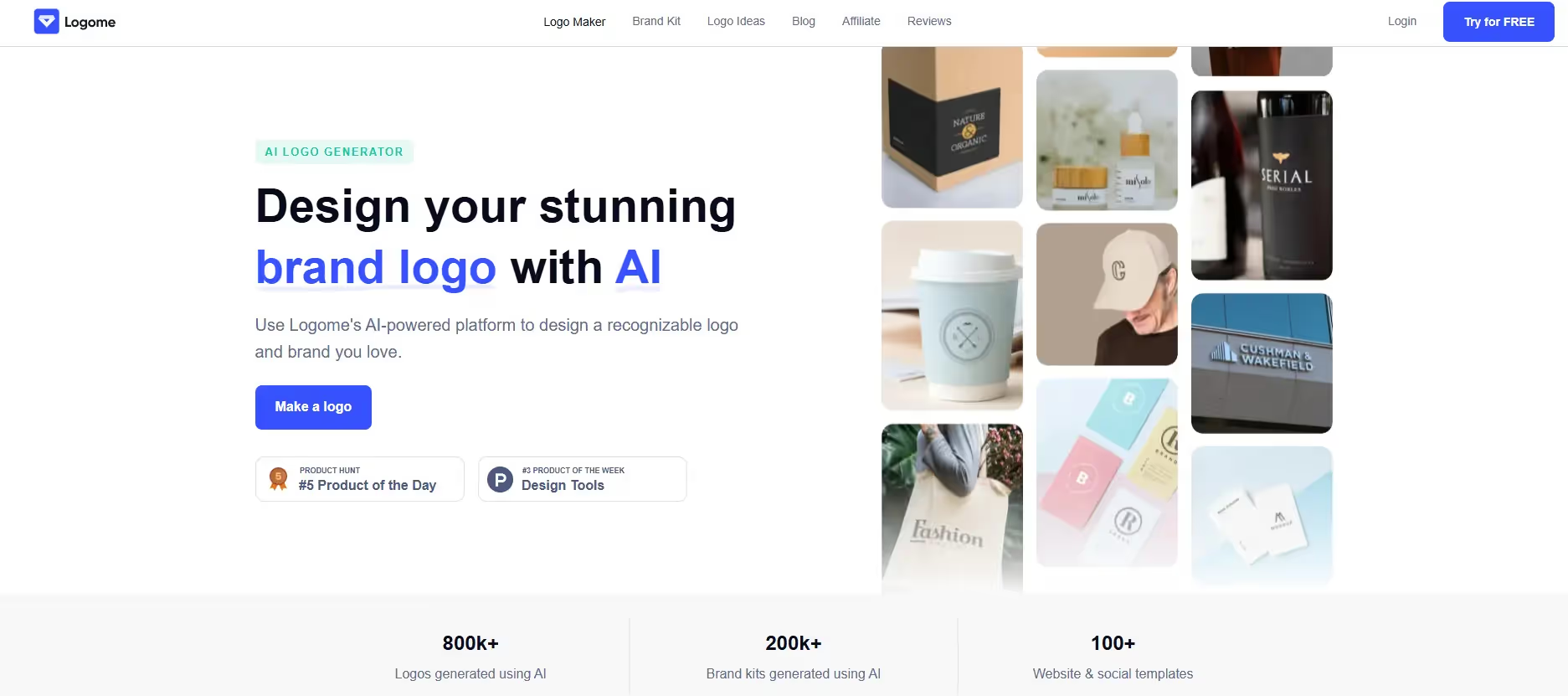
Logome.AI makes logo redesign accessible to businesses without big design budgets or agencies. This free AI logo maker has helped brands generate 800,000+ logos and create over 200,000 brand kits.
Start by selecting your industry from hundreds of options. Logome's industry-specific approach ensures logo ideas match your business context. Browse tens of logo inspirations in your industry to understand design possibilities.
Logome's AI generator creates premium logos using over 100 fonts in various styles plus solid and gradient color options. No design skills required—the system guides you through choices that produce professional results. After creating your logo, Logome's Brand Kit instantly produces branded materials using your design, colors, and fonts. Generate email signatures, business cards, social media covers, posts, profiles, and posters maintaining consistent brand identity.
Logome provides professionally designed, fully editable websites when you generate your logo and social media templates. Choose from 3+ website templates in various styles, all fully customizable and 100% responsive on mobile and tablets.
The platform offers one design bundle covering all your needs: poster generator, social media profile generator, email signature, social media post generator, premium website generator, flyers, AI logo generator, and business cards generator.
Even with solid logo redesign tips, businesses make preventable errors that waste resources and damage brands.
Rebranding requires time. Rushing through research, skipping stakeholder input, or launching before systems are ready creates problems. Quick fixes often lead to rework costing more than doing it right initially.
Allow adequate time for design exploration. First concepts rarely represent the best solutions. Iteration and refinement produce better results than settling too quickly.
Design costs represent just part of rebranding budgets. Updating all brand touchpoints—signage, packaging, marketing materials, digital assets—adds up quickly. Businesses often underestimate total implementation costs. Phase implementation if budgets are tight. Prioritize high-visibility, high-impact changes first. Lower-priority items can transition over time as budgets allow.
External launch gets attention, but internal adoption matters equally. Employees who don't understand or support rebranding undermine it through inconsistent implementation. Invest in internal communications and training. When employees champion your rebrand, external rollout succeeds. When they resist or ignore it, customers notice the disconnect.
Rebranding your logo isn't cosmetic vanity—it's a strategic necessity when markets shift, businesses evolve, or competitors advance. The right logo redesign tips combined with systematic checklists help you update your identity smoothly while maintaining brand equity.
Understanding when to rebrand your logo prevents both premature changes that waste resources and delayed updates that cost market relevance. Tools like Logome.AI make professional rebranding accessible to businesses of any size.
Complete logo rebranding typically requires 3-6 months from initial research through final implementation. Timeline depends on company size, number of touchpoints needing updates, and decision-making complexity. Small businesses can move faster while large organizations need more time for stakeholder alignment and coordinated rollouts.
Professional logo redesign costs range from $2,500-$10,000 for small businesses using agencies, up to $100,000+ for large corporations requiring comprehensive rebranding. DIY options like Logome.AI reduce costs significantly while maintaining professional quality. Total costs include design, implementation across touchpoints, and launch marketing.
Refresh existing logos when core design remains strong but execution feels dated. Complete redesign works when fundamental elements no longer serve your business or target market. Refreshes maintain brand equity while redesigns create new foundations. Consider brand recognition value before deciding.
Most businesses update logos every 7-10 years to maintain modern relevance. However, timing depends on industry dynamics, business evolution, and market changes rather than arbitrary schedules. Technology companies might refresh more frequently while traditional industries update less often. Let strategic need drive timing.
Yes, through evolutionary rebranding that maintains recognizable core elements while modernizing execution. Gradual transitions, clear communication about changes, and respecting brand equity prevent recognition loss. Sudden, dramatic changes risk alienating existing customers. Balance freshness with familiarity for optimal results.
Timeless logos use simple, clean designs avoiding trendy effects like gradients, bevels, or current stylistic fads. Classic typography, balanced proportions, and purposeful color choices outlast trends. Timeless designs work across contexts and scales while remaining memorable. Think evolution over decades rather than immediate impact.

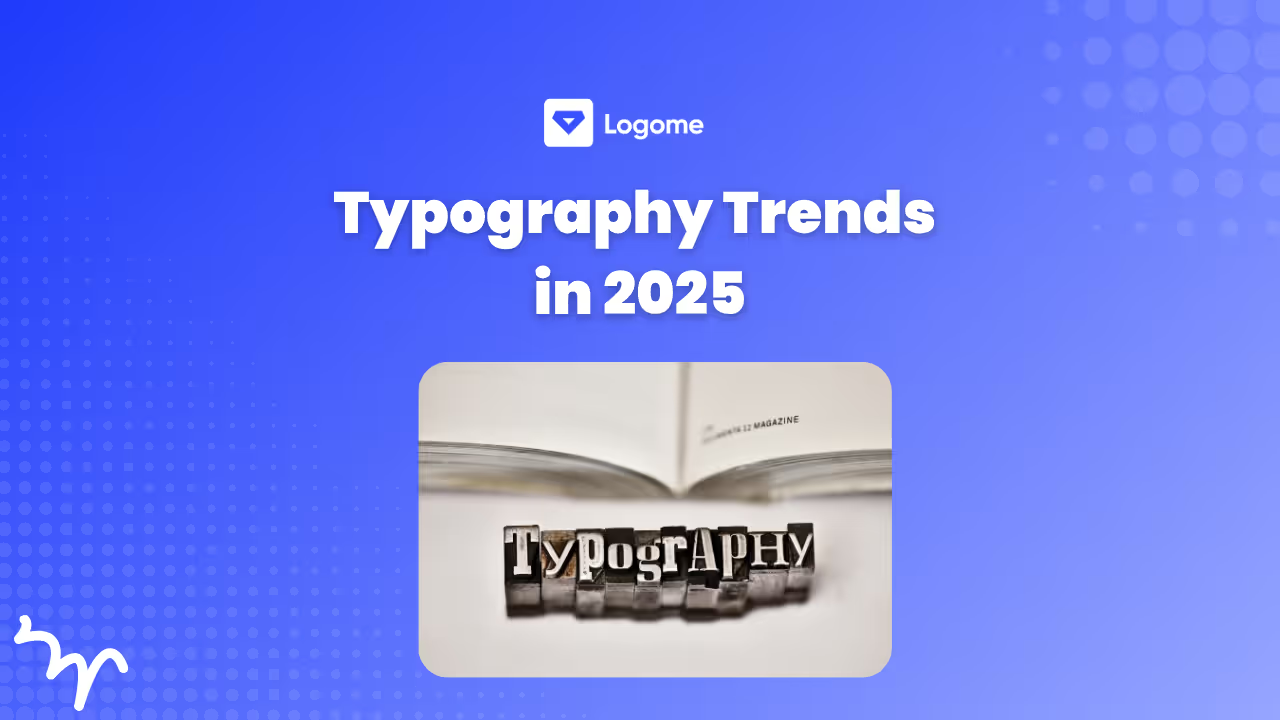
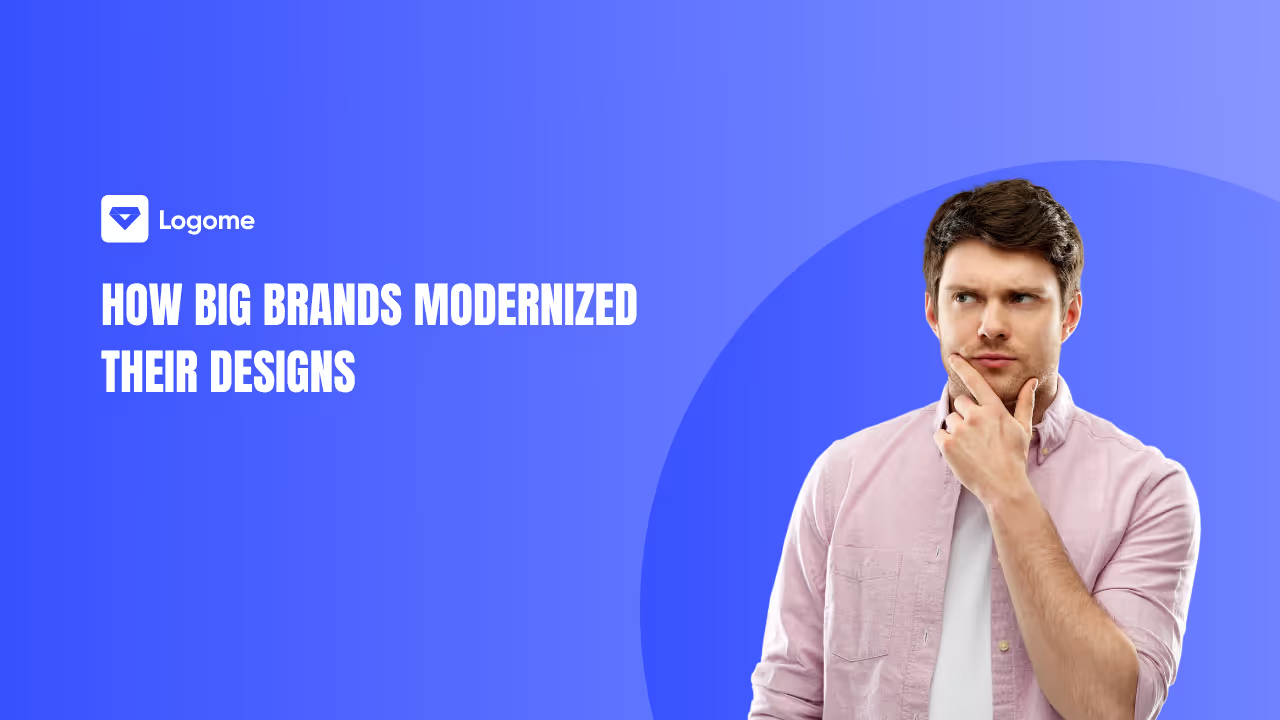
Discover how 500,000+ businesses and creators are using our AI logo maker in their Logo creation.



